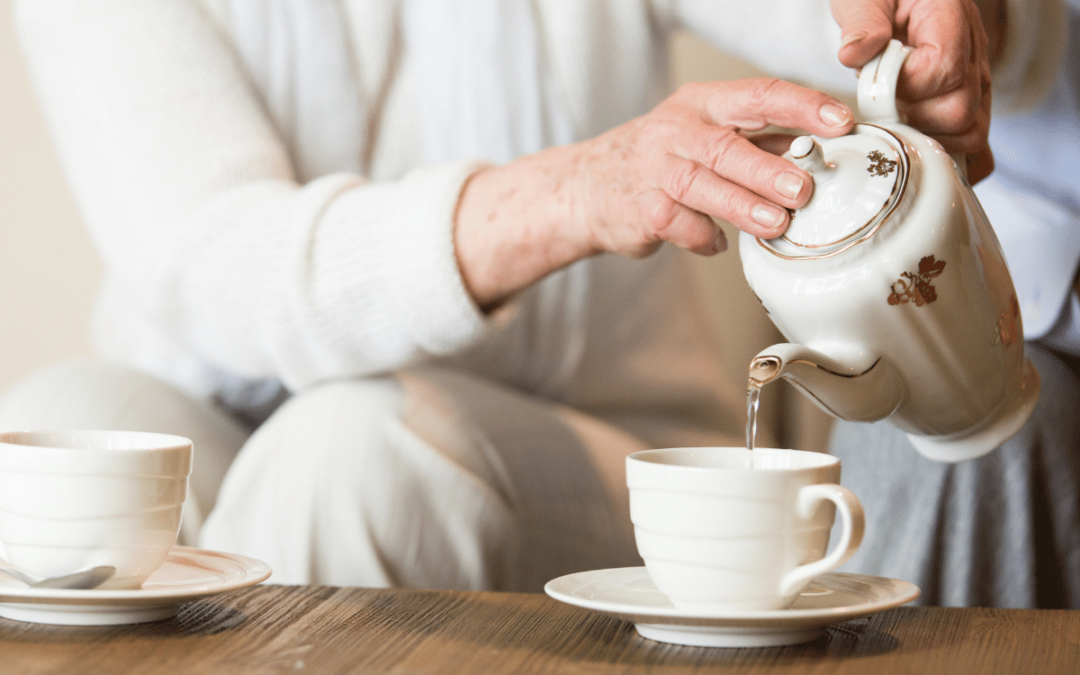If a loved one has a stroke it can be a traumatic and worrying time. However, it is beneficial to know what to expect during the recovery process and ways you can help to keep your loved one comfortable and not hinder the rehabilitation process. One of the most well-known documentations of stroke recovery and approach to rehabilitation is the Brunnstrom approach, which was coined in the 1960s by physical therapist Signe Brunnstrom. It is difficult to have a time frame for stroke recovery as in this respect all recovery is different, you can anticipate the stages though.
Stage One – Flaccidity
The first stage immediately after a stroke is flaccidity. This is where the muscles on the affected side of the body are completely limp and unable to move. Nerve damage in the brain means that there are no voluntary movements.
The best way to help at this stage is to assist with passive movement, the stroke victim themself is likely to be able to use the mobile side of their body to passively move the flaccid side, it’s important to encourage this. It may not seem like it’s doing much but it is increasing sensory input to the brain, by sending signals from skin and muscle about movement and touch. These actions will encourage that side of the brain to start waking up.
At this stage, passive movement can also help prevent atrophy. If long term paralysis does take place this can cause the muscle to start to wither and the overall rehabilitation will be more difficult, so it is important for the muscles to receive some form of stimulation. It is also good for the joints and tendons to experience regular movement.
Stage Two – Spasticity Appears
In the next stage of recovery, the muscles begin to show basic movements. Sometimes these are abnormal and generally a reflex to a stimulus like touch. The brain is still re-learning how to send signals to the muscles for voluntary movement. Involuntary movement can be worrying to see, but it is a step in the right direction.
At this stage, passive movement is still extremely important for all the same reasons as in stage one. If possible at this stage active-assisted range of motion can also be added to rehabilitation, this is combining passive movement with active movement, no matter how small the active movement in order to achieve a full range of motion. There are a number of resources available for AAROM exercises so it is likely that you will be able to find time to suit your loved one’s progression.
Stage Three – Spasticity Increases
At this stage, there will be more frequent involuntary movement, but again this is nothing to worry about and is progress. This increase in involuntary movement is due to the neural connections between your brain and muscles improving, however, it can be difficult. The increased stiffness of muscles can interfere with speech and thinking, and when your loved one tries to move the affected side it will cause multiple muscles to fire together, this is known as muscle synergy.
At this stage, it is important for your loved ones to continue with rehabilitation exercises, and utilise muscle synergies to strengthen the connection between the brain and the muscles which will improve voluntary movement patterns in the long run.
Stage Four – Spasticity Decreases
At stage four, involuntary muscle movement starts to decline and the brain is more successful in sending signals to the muscle for voluntary movements.
Your loved one should be working on trying to isolate movements and make them more controlled. Repetition is extremely important for the brain to be able to re-learn controlled movement. Working on range of motion, stretching and weight-bearing exercises should be focused on.
Stage Five – Return of Complex Movement
More and more signals from the brain to the muscles will be successful, and involuntary movements will be minimal. At this stage complex actions like using cutlery, writing, walking and swimming can all be achieved through movement repetition.
At this stage, your loved one will have regained most of their movement, so they will be wanting to strengthen their muscles back to how they were pre-stoke. This can be done by adding small weights or resistance bands to previous rehabilitation exercises.
Stage Six – Spasticity Disappears
At this stage, there will be no unexpected involuntary movements and coordination will quickly improve.
Your loved one should continue strengthening the muscles and focus on fine-tuning motor skills with activities such as drawing, playing an instrument, shuffling cards or any other hobby they used to have pre-stroke.
Stage Seven – Return to Normal
Here is the stage where the brain has completely re-learned how to work and everything achievable before the stroke is once again possible.
At Care24Seven we understand the importance of rehabilitation for stroke recovery. Getting around can be difficult for your loved one, especially in the first few stages of stroke recovery.his is when live in care is a great option. We have experts in after stroke care who can either regularly travel to your loved one’s house, take over for a bit if you need some time to yourself, or live in as a full-time carer. Get in touch today and we can advise and help you choose the right option for you and your loved one.
